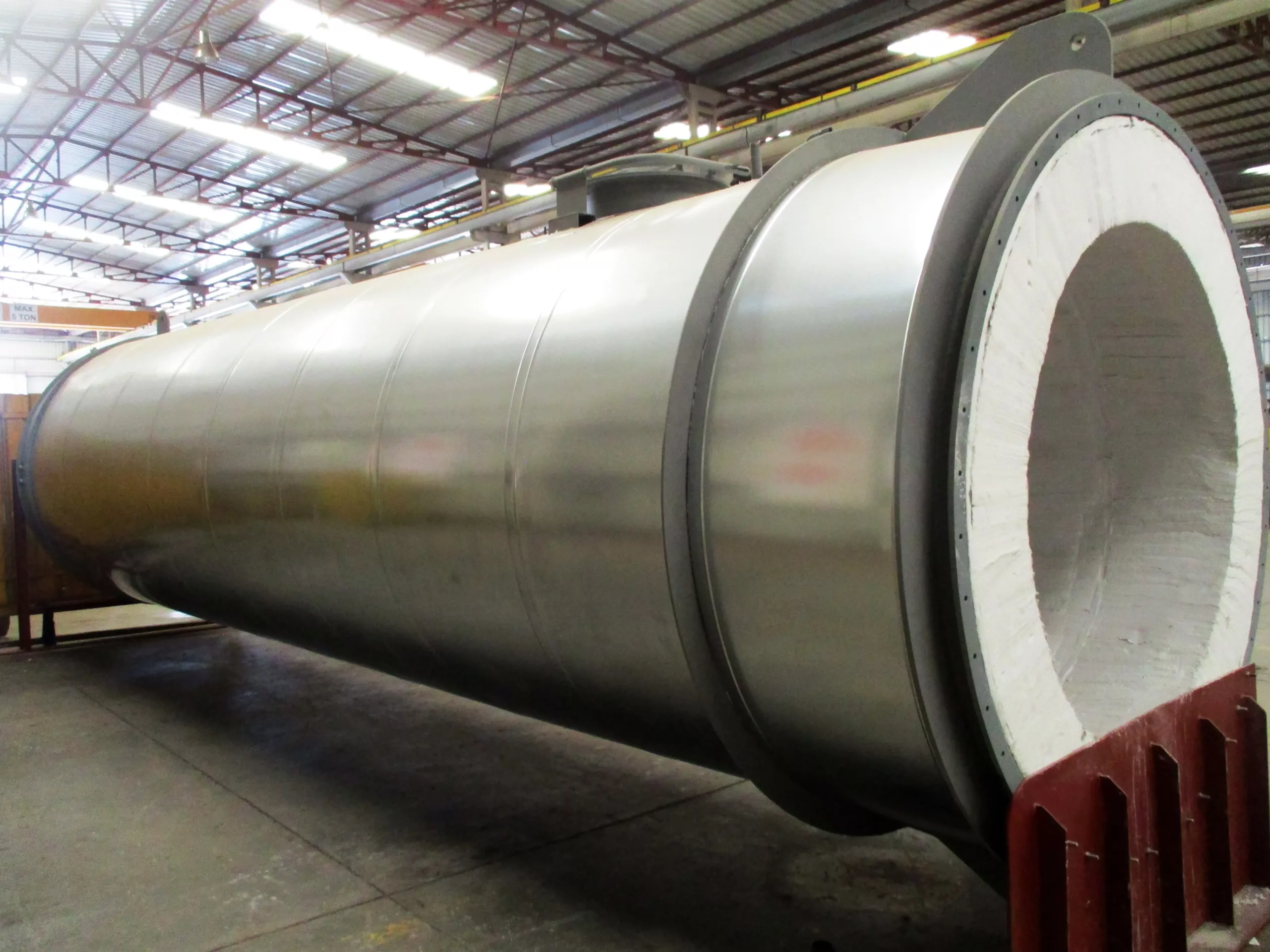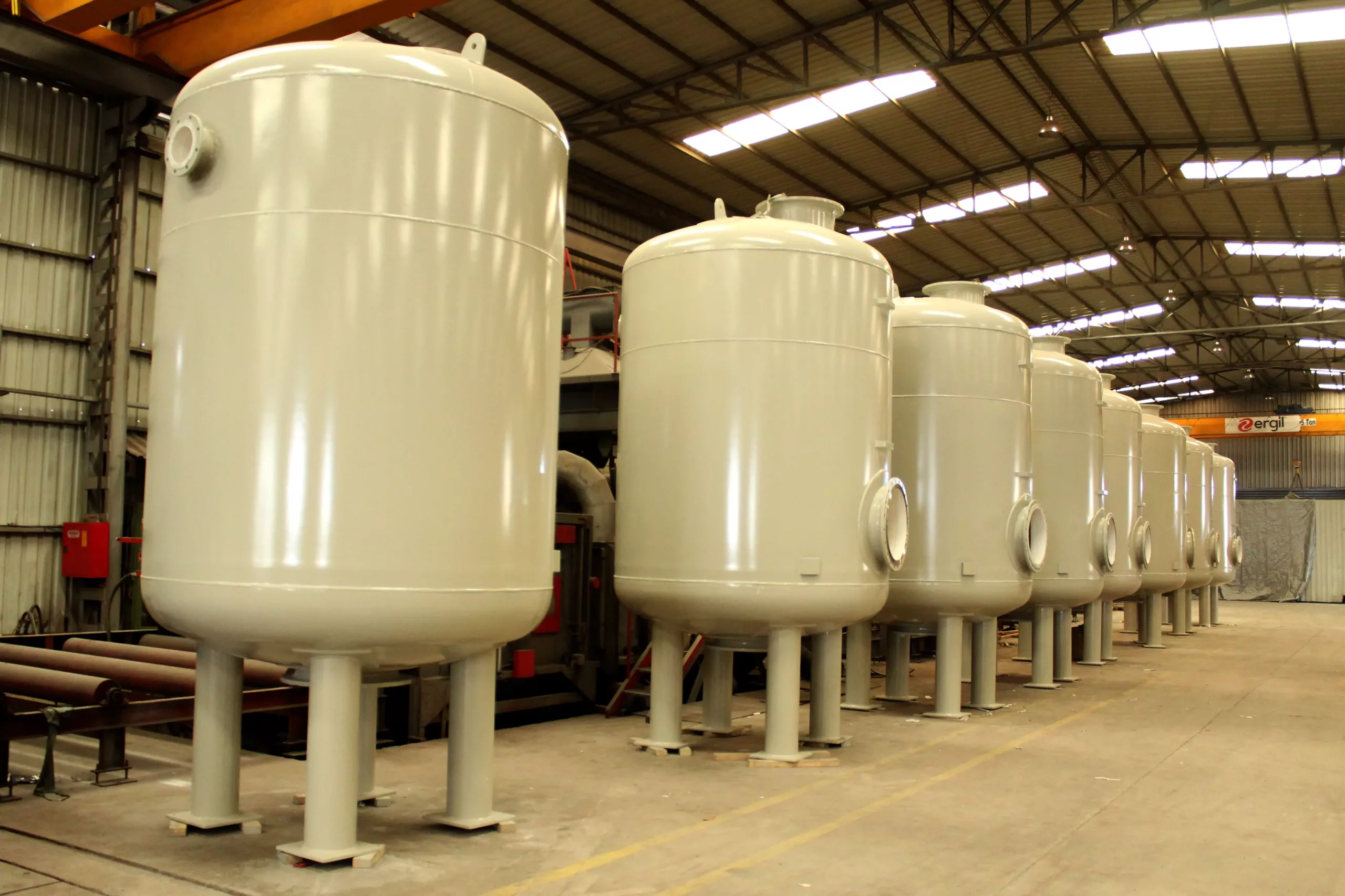Special Applications

Lorem Ipsum is simply dummy text of the printing and typesetting industry. Lorem Ipsum has been the industry’s standard dummy text ever since the 1500s, when an unknown printer took a galley of type and scrambled it to make a type specimen book. It has survived not only five centuries, but also the leap into electronic typesetting, remaining essentially unchanged. It was popularised in the 1960s with the release of Letraset sheets containing Lorem Ipsum passages, and more recently with desktop publishing software like Aldus PageMaker including versions of Lorem Ipsum.

Lorem Ipsum is simply dummy text of the printing and typesetting industry. Lorem Ipsum has been the industry’s standard dummy text ever since the 1500s, when an unknown printer took a galley of type and scrambled it to make a type specimen book. It has survived not only five centuries, but also the leap into electronic typesetting, remaining essentially unchanged. It was popularised in the 1960s with the release of Letraset sheets containing Lorem Ipsum passages, and more recently with desktop publishing software like Aldus PageMaker including versions of Lorem Ipsum.

Rubber lining is a common method of protecting pressure vessel or storage tank internals from highly corrosive chemical and abrasive environments. The rubber sheets that are applied to the metal surface of a vessel or tank, provide excellent resistance against abrasive settings that cause corrosion.
Äager brand Ergil, uses a variety of rubber materials; such as Nitrile, EPDM Neoprene, Viton, Ebonite, Chlorobutyl, Bromobutyl, food grade rubber lining, and Triflex rubber lining, depending on the application. In which lining thickness for Neoprene and Ebonite for example varies between 0.5- 20mm.
Ergil has an extensive quality control process to ensure finished products are free of defects. QC procedures employed during the coating application process according to DIN EN ISO 14879-4 (DIN28055), include Hardness-, Thickness-, Spark-, Sound-, Peeling Strength- and Holiday Tests. Furthermore, visual inspection for blisters, mechanical damage, adhesion, bonding at seams & transition points, parallelism and smoothness at flanges is carried out.

Rubber lining is a common method of protecting pressure vessel or storage tank internals from highly corrosive chemical and abrasive environments. The rubber sheets that are applied to the metal surface of a vessel or tank, provide excellent resistance against abrasive settings that cause corrosion.
Äager brand Ergil, uses a variety of rubber materials; such as Nitrile, EPDM Neoprene, Viton, Ebonite, Chlorobutyl, Bromobutyl, food grade rubber lining, and Triflex rubber lining, depending on the application. In which lining thickness for Neoprene and Ebonite for example varies between 0.5- 20mm.
Ergil has an extensive quality control process to ensure finished products are free of defects. QC procedures employed during the coating application process according to DIN EN ISO 14879-4 (DIN28055), include Hardness-, Thickness-, Spark-, Sound-, Peeling Strength- and Holiday Tests. Furthermore, visual inspection for blisters, mechanical damage, adhesion, bonding at seams & transition points, parallelism and smoothness at flanges is carried out.
